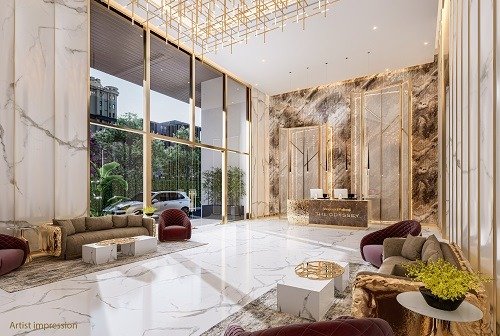Luxury real estate development is not simply about selling a property—it’s about curating an experience, a lifestyle, and ultimately, a legacy. After two decades of tracking high-end real estate across continents—from Manhattan’s penthouses to Dubai’s futuristic villas and the heritage-rich estates of Europe—one truth has always remained constant: luxury is deeply personal, yet increasingly global.

At its core, luxury real estate rests on a few non-negotiables. Location is king—always has been. But it’s not just about the view. True luxury means proximity to culture, privacy, and the right neighbors. A beach house in Malibu isn’t the same as one in Goa, but both are prized for what surrounds them just as much as what’s within.
Then there’s design. The days of cookie-cutter luxury are long gone. Today’s affluent buyer expects distinction—bespoke architecture, fluid layouts, and indoor-outdoor synergy. Think floor-to-ceiling glass walls in Bangkok or minimalist Alpine chalets in Switzerland. Each is tailored to context, culture, and climate.
Materials matter. Developers aren’t just sourcing Italian marble and African teak for the name—they’re doing it for the story. Luxury buyers today want to know where it came from, how it was crafted, and who touched it last. The detail is no longer a luxury; it’s the expectation.
But beyond those universal principles, developing luxury real estate across borders is like orchestrating a symphony with a hundred regional instruments.
Take Asia. In India and the UAE, luxury often intertwines with tradition. Multi-generational homes, Vastu-compliant designs, and palatial layouts cater to cultural norms. The Gulf’s affinity for branded residences—often by the likes of Armani or Ritz-Carlton—signals a desire not just for opulence, but also for global recognition.
In Europe, luxury leans into its past. Developers in Paris or Florence are as much conservators as creators. It’s about restoring heritage, respecting scale, and weaving sustainability into stone facades centuries old. Here, luxury isn’t loud; it’s layered and quiet.
Across the U.S., especially post-pandemic, buyers demand space—indoors and out. Wellness features have gone from perks to prerequisites: home spas, gym suites, even meditation gardens are standard in high-end listings from Los Angeles to Miami. Meanwhile, Manhattan’s vertical luxury continues to climb—literally—with towers offering private clubs, sky gardens, and concierge services rivaling five-star hotels.
Emerging markets are the new frontier. Countries in Southeast Asia, Africa, and Latin America are seeing luxury demand from newly wealthy elites and returning diaspora. But developers must navigate complex land laws, evolving infrastructure, and the fine balance between aspirational and authentic design.
Layered over all this are critical global factors—tax regimes, political stability, environmental standards, and infrastructure quality. These can make or break a development before the foundation is poured.
The rise of branded residences, integrated smart technologies, and sustainability-driven design are no longer trends—they’re the new benchmarks. From Bangkok to Barcelona, luxury now comes with expectations that transcend borders.
In the end, the craft of luxury real estate is about understanding people—how they live, what they value, and where they dream. The world may be globalizing, but in this business, it’s still the details that define distinction.


